I Dig Sports

WHEATLAND, Mo. – In a winner-take-all, three-way battle for a track championship for the second straight year, Johnny Fennewald came out on top again.
Fennewald led flag-to-flag in a caution-free Warsaw Auto Marine & RV ULMA Late Model feature on Saturday night to win his third-straight Lucas Oil Speedway track championship as it came to the wire.
he finished 1.57 seconds in front of Aaron Marrant to claim the feature and the title, unofficially by seven points over Marrant. Ashlee Lancaster was third in the feature and Kaeden Cornell finished fourth to wind up third in the final track points.
Other champions crowned on Rempfer Memorial Season Championship Night Presented by Bill Roberts Chevrolet-Buick and KOLR/KRBK were Toby Ott (O’Reilly Auto Parts Street Stocks), Robbie Reed (Pitts Homes USRA Modifieds) and Kris Jackson (Ozark Golf Cars USRA B-Mods). Jackson doubled his fun by winning the feature as well.
Gean Davlin won the Street Stocks feature while Matt Johnson picked up the USRA Modified main event as the Big RV Weekly Racing Series season concluded.
Fennewald began the night under an identical scenario as one year ago, trailing Marrant by two points with Cornell just four behind the leader. So it boiled down to whichever of the three finished ahead of the others would, once again, walk away the winner.
Fennewald won his heat race and earned a front-row starting position with Marrant starting fourth and Cornell fifth. Fennewald wasted no time opening a big lead, posting a five-second cushion over Marrant by lap 12.
“I knew we were sitting second after last week and we had been struggling for about a month and a half,” Fennewald said. “We finally figured out our problem about halfway (through) last weekend. We had a pretty good run last week, considering the track conditions.
“When I saw this thing slicking off, I knew it was my kind of track. I knew if I could sit on the front row I could win this deal. We feel like we’ve got a good hot rod again.”
Lapped traffic slowed Fennewald a bit over the final laps as Marrant cut into the gap. But except for a near run-in with a slower car, Fennewald handled his business without any issues.
“I’m not one that’ll catfish around the bottom,” Fennewald said. “I knew with that rubber (on the track) I was gonna have to do something. I apologize to Larry Jones (lapped car) but I could only follow him for so long before I had to move him. I didn’t want to lose this deal.”
In victory lane, an excited Fennewald pointed to a large contingent from his hometown in the crowd and thanked them.
“All these people from Appleton City here, I appreciate you coming out,” he said. “I hope you enjoyed that. It was kind of nice doing that, in front of a hometown crowd.”
Gean Davlin’s first appearance at Lucas Oil Speedway was a winning one as he led the final 14 laps to earn the O’Reilly Auto Parts Street Stocks feature.
Meanwhile, Toby Ott’s eighth-place finish was plenty good enough to clinch the season championship for the second time in three years.
Davlin started fourth and he was at or near the front throughout the 20-lapper. He indicated that he looked forward to returning in October for the Big Buck 50 Presented by Whitetail Trophy Hunt.
Davlin passed Brian Brown for the lead on lap seven, just before the race’s second caution. Davlin and Chuck Knight broke away in a two-car battle up front until another caution six laps later bunched the field.
Davlin controlled things from there, finishing about six car lengths in front of Knight, with Johnny Coats third and Brian Brown in fourth.
Kris Jackson capped a dominating season in the Ozark Golf Cars USRA B-Mod division by leading all 20 laps for his seventh feature triumph at Lucas Oil Speedway.
Jackson, who’s also the USRA B-Mod national points leader and reigning national champ, started on the pole and bolted to the lead. He had to endure three cautions the rest of the way as he finished 1.68 seconds in front of runner-up J.C. Newell. Andy Bryant was third and Josh Cain fourth.
Jackson last won the Lucas Oil Speedway track championship in 2017 and this was the fourth title of his career at the speedway.
Jackson began the night 50 points in front of J.C. Morton. Any remaining mystery disappeared when Morton suffered a mechanical failure during hot laps and was unable to continue – though in the end it wouldn’t have mattered with the way Jackson was in command from start to finish.
Matt Johnson led all the way and held off track champ Robbie Reed by about four car lengths to earn the Pitts Homes USRA Modified feature win.
Johnson started on the pole and was never seriously threatened, until Reed cut into the margin late. It was Johnson’s second feature win of the season.
Reed’s runner-up finish was more than enough to earn him the track championship. He began the night 27 points ahead of Jason Pursley and Pursley pulled off the track about halfway through the feature.
Reed posted seven top-five finishes, including one feature win during the season.
Tagged under

THOROLD, Ontario – For the second time this year, Mike Bowman won the main event for the S&W Service Centre 358 Modifieds Saturday evening at Merrittville Speedway.
Ryan Susice chased Bowman home in second, followed by Mat Williamson, Pete Bicknell and Dalton Slack.
In other action, Dave DiPietro won his first David Chevrolet DIRTcar Sportsman feature of the season. Rob Murray won his sixth Hoosier Stock feature of the season. Brent Begolo won his fourth Doidge Building Centre Mod Lites feature of the season.
Austyn Werstroh scored his first win in the Central Fabricating 4 Cylinders. Kevin Conley won his third Dave’s Auto and Speed Centre feature of the season.
Tagged under
Full Day Ends With Clyne In Bullring Victory Lane
Published in
Racing
Saturday, 24 August 2019 22:26

LAS VEGAS – To say Chris Clyne had a full day Saturday would be a severe understatement.
The NASCAR Super Late Models points leader spent the first part of his day helping organize the South Point Car & Truck Show at the South Point Hotel, Casino & Spa, then rushed to The Bullring at Las Vegas Motor Speedway and drove to victory on Back to School Night presented by Whelen Engineering.
Clyne – a board member for the car show’s beneficiary, Speedway Children’s Charities – overtook six-time track champion Scott Gafforini down the stretch in the 50-lap feature to win for the eighth time this season and 21st time overall at the LVMS short track.
“This is the most physically exhausted I’ve ever been driving to a race track,” said Clyne, who is closing in on his first career track championship. “We raised a lot of money for children in need today at the South Point, and I’m a very proud board member. Hat’s off to my team, it was fun racing Scott (Gafforini) there, and I’m looking forward to coming back next weekend.”
Five-time track champion and NASCAR 602 Modifieds points leader Doug Hamm had to fight hard to earn his 56th career Bullring victory. He held off a hard-charging Dylan Cappello by .315 of a second to punch his ticket to the Winner’s Circle for the fifth time this season.
“It feels real good, and I’ve got to thank my crew because they’re always standing behind me,” Hamm said. “This race is for Mike Crisp, who’s having a hard time right now. I love my family and my whole crew, because they stand behind me 100 percent.”
NASCAR Bombers points leader Vinny Raucci Jr. stayed hot with his fifth win of the season, crossing the line .306 of a second ahead of Anthony Mann after a late-race restart. It was Raucci’s 18th Bullring victory, and the checkered flag couldn’t have come at a better time for the division’s reigning champion.
“On the last restart, we lost power steering and the motor started laying down, so we’ve got to go back to the shop and figure out why,” said Raucci, who led early before finishing sixth in the Modifieds race later in the night. “I’ve got to thank everyone who helps me out to get this car here.”
Sam Jacks rebounded from having his eight-race winning streak snapped at the July 3 Night of Fire by taking the NASCAR Super Stocks 25-lap feature. The division’s points leader took the checkered flag 2.315 seconds ahead of Camden Larsen for his seventh win of 2019 and 24th overall.
“This feels good,” Jacks said. “The last race sucked because it’s the Night of Fire and is the biggest race for us, but we had some fueling issues and the car wasn’t running too hot. We fixed those, and the car’s running real good.”
Branden Giannini survived a pair of late-race re-starts to hold off his brother, Jaron, by .186 of a second and take the USLCI Legends 25-lap feature to open the night’s action. It was the first Bullring victory for the elder Giannini brother since 2008, when he won the Late Models track title.
“This is amazing,” said Branden Giannini, who now has seven career Bullring wins. “It feels good to beat those guys, because they’re so fast. (The re-starts) added a little bit of excitement, and my brother gave me a pretty good push on that last re-start.”
Hank Hall appeared to have resumed his winning ways in the USLCI Bandolero Bandits division after cruising to a 6.890-second triumph over Gage Jarvis, but was disqualified after failing tech inspection. The DQ erased Hall’s fifth victory of the season and gave Jarvis his first career Bullring win, and in a classy display of sportsmanship, Hall personally delivered the winner’s trophy to Jarvis after being informed about his disqualification.
In the USLCI Bandolero Outlaws division, Brendan Tracy won for the second consecutive time after holding off Haylee Morris by .254 of a second, while Racer X earned a trip to the Winner’s Circle after taking the 12-lap Skid Plate Cars feature.
Tagged under
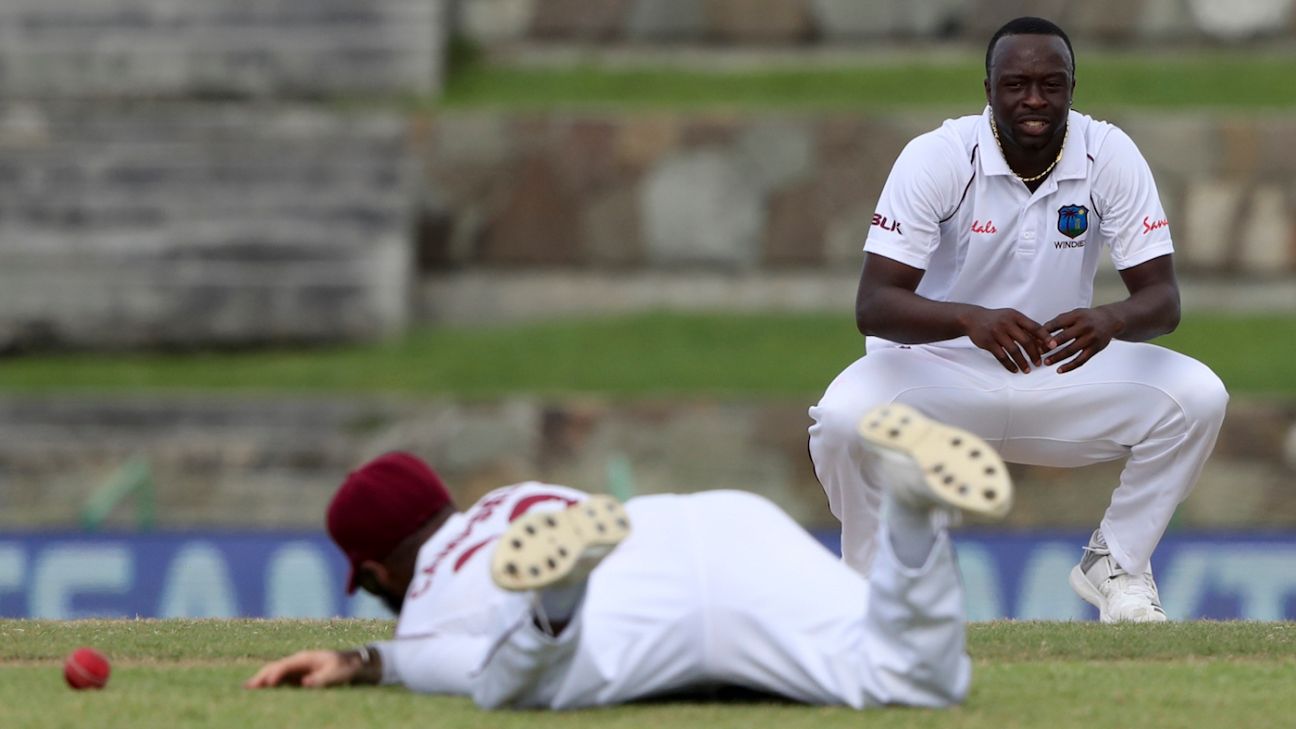
In the 45th over of India's second innings, Ajinkya Rahane, then on 17, was facing Kemar Roach and he closed the face of the bat a bit early while attempting a flick. John Campbell at short extra cover couldn't hold on to the catch. It was symbolic of the kind of the day Roach had. The West Indies fast bowler ended with returns of 1 for 18 off 12 overs at stumps - following up on his 4 for 66 in the first innings - but the lack of wickets belied how he had troubled Virat Kohli and Rahane, regularly beating the outside edge.
His bowling prompted captain Jason Holder to say that Roach was the bowler of the match, even though India quick Ishant Sharma had taken a five-for in West Indies' first innings.
"Yes, Ishant got five wickets in the first innings but Kemar is probably the bowler of the game. I am not discrediting Ishant's performance, I thought he bowled really well as well. But I think Kemar has so far stood out.
"Kemar's been brilliant. Him, Shannon [Gabriel] and myself, we have done a lot of hard work over the last couple of years. I am not surprised by his performance. He tends to like this ground as well, he's had quite a bit of success here at Antigua. The thing about Kemar is that he keeps you guessing, keeps you playing and there's never a situation where he can be predictable."
Roach dismissed Pujara for the second time in this Test, before returning to trouble Rahane and Kohli just as the pair were settling down. A ball before that dropped chance, West Indies went up in a big appeal for lbw and even reviewed the umpire's decision but lost a review as ball-tracking showed the ball was missing the leg stump.
Later in the day, the side chose not to review another lbw chance Roach had created against Rahane, who was on 48. Ball-tracking suggested the delivery would have gone on to hit middle stump and a late wicket would have buoyed West Indies, and snapped a solid partnership. As it happened, both Kohli and Rahane finished the day unbeaten, having scored half-centuries, with India's lead at 260. Despite the missed opportunities, Holder still felt his side had a hand in the game
"We definitely did drop a chance and I definitely can't control umpiring decisions. We could have reviewed it but at that stage, we felt it was bat as well. Unfortunately, it didn't go our way that decision. That's just the way the game is played. The bowlers are doing an exceptional job. India is scoring at 2-plus an over which is good. We've missed a chance here and there and obviously the lbw decision there, the game would have looked a lot different. But having said that we are definitely in hand, still in hand, we are fighting today."
Tagged under
Barnwell: The NFL-altering Andrew Luck retirement, and what comes next
Published in
Breaking News
Saturday, 24 August 2019 23:40
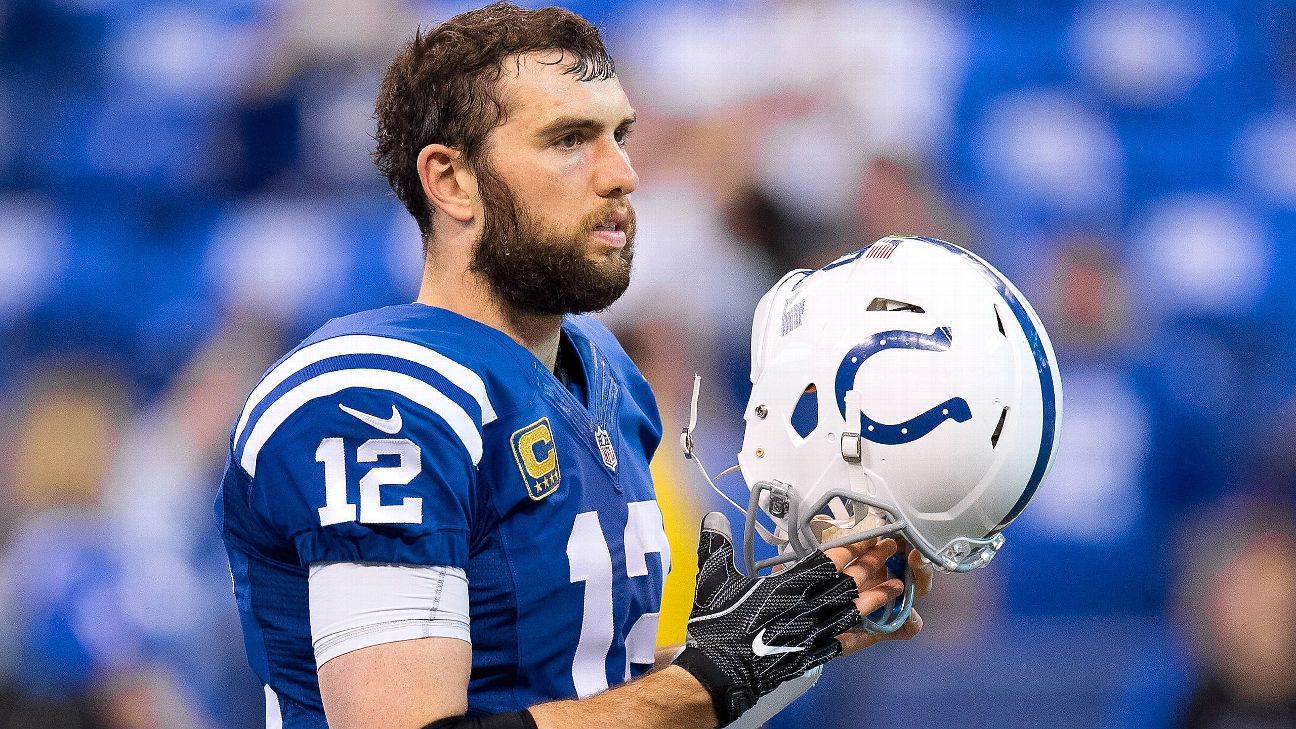
It's not hyperbole: Andrew Luck's stunning decision to move on from the NFL is the most shocking retirement American pro sports has seen since Michael Jordan left the NBA in 1993. The circumstances are obviously different, and we've seen players like Barry Sanders and Calvin Johnson leave the game earlier than anybody would have expected, but 29-year-old quarterbacks in the prime of their careers just don't get up and leave. This isn't a franchise-altering decision. It alters the entire complexion of the NFL.
To put this in context, by Pro Football Reference's Approximate Value statistic, there have been two players in NFL history who have posted a better season in their final NFL campaign than the Indianapolis Colts quarterback and then retired by choice before turning 30. One is former Vikings running back Robert Smith, who ran for 1,521 yards at age 28 before moving on. The other is Jim Brown. No quarterback has made the Pro Bowl in a season during his 20s and then immediately retired since Johnny Lujack, and if that name doesn't ring a bell, it's because Lujack retired in 1952.
There are players who retired before turning 30 after serious injuries, and perhaps it's unfair to leave Luck out of that group. He played through a shoulder injury in 2015 and 2016 before missing all of the 2017 season after undergoing surgery, and while Luck was excellent upon his return in 2018, he has struggled with a calf injury all offseason. In both cases, the organization expected him to return in a matter of weeks. In both cases, again, Luck's body didn't respond the way either he or the team expected. He was facing down another uncertain rehabilitation of any injury which seemed to linger months after it should have gone away. Some players have bodies that tell them it's time to give up the game in their mid-30s. Luck's body gave way years earlier.
Even given the prospect of Luck missing regular-season action with an injury which had seemed to transform into a high-ankle sprain, the Colts couldn't have expected that he would decide to leave the sport. Luck had talked about being scared of his future in football while recovering from that shoulder surgery in 2017, and every player deals with both mental and physical exhaustion from playing in the NFL, but few have the privilege and power to leave on their own terms. Luck had both and is moving on. The Colts now have to deal with the repercussions.
The post-Luck Colts
In the short-term, the Colts are devastated by this decision. Even if you assumed Luck was going to miss the beginning of the regular season, Indy was still favorites to win the AFC South and compete for a Super Bowl. The Caesars sportsbook moved Indianapolis' odds of winning the Super Bowl from 12-1 to 30-1. The Colts have gone from favorites to win the AFC South at -135 (a 57.5% implied chance of winning the division) to underdogs at +210 (32.3%). Every likely AFC playoff contender and the three other teams in the AFC South benefits.
The Colts held out quarterback Jacoby Brissett from their preseason game against the Bears on Saturday night, and while it seemed like they were just protecting their potential Week 1 starter, the significance of his role with the team has become clear. Indy will move forward with the former backup to Tom Brady as the starting quarterback and either Chad Kelly or Phillip Walker as their backup. There are a paucity of veteran options available on the free-agent market, especially after Josh McCown unretired to sign a one-year deal with the Eagles.
The Colts could attempt to sign someone like Matt Cassel to back up Brissett. If they're unsure about Brissett or want to add another option, they could head to the trade market for someone like Ryan Fitzpatrick, Case Keenum or Nick Mullens, but their hopes for the season realistically now rest upon a quarterback who threw all of four passes behind Luck in 2018.
The Colts acquired the former third-round pick Brissett in a swap of likely cuts with the Patriots just before the 2017 season, sending Phillip Dorsett to New England in return. He quickly moved into the starting lineup for a Colts team that was realistically going nowhere in Chuck Pagano's final season at the helm and played the way you might expect a backup passer to perform. Brissett was surprisingly effective on deep passes, but given a porous offensive line and middling receivers, he completed just 58.8% of his passes and averaged 6.6 yards per attempt, both figures comfortably below league-average.
Brissett threw just seven interceptions and added some value as a runner, but when you factor in his 10% sack rate and the generous game states he usually worked under, the North Carolina State product posted a Total QBR of just 43.3 in 2017. That ranked 27th among 30 qualifying passers and placed him squarely between Jay Cutler and DeShone Kizer, neither of whom kept their starting jobs in 2018. Brissett performed admirably given that he was thrust under center for an NFL team eight days after being acquired -- and Indy reportedly refused to consider offseason trade talks for Brissett even when they had Luck back on the roster -- but Brissett's 2017 season offers the Colts more hope than proof.
There are reasons to think he will be better in his second go-around as the starter. For one, he won't be switching teams at the end of training camp and learning a new playbook on the fly. Brissett spent all of 2018 working underneath debuting head coach Frank Reich, who molded his scheme to take advantage of Luck's strengths. Indy wasn't quite able to do that for Brissett under Pagano. The Colts' new starter should have better coaching with Reich at the helm, and they still have a little over two weeks before their Week 1 trip to face the Chargers. Reich was unquestionably thinking and beginning to gameplan around what his offense might look like with Brissett as the starter, at least to begin the season. Now, those preparations will be permanent.
Indianapolis also has a much more effective offensive line than the one which struggled to protect Brissett in 2017, although it's also fair to pin some of the blame for those sacks on Brissett himself. In two starts and 55 pass attempts with the Patriots, Brissett was sacked on 9.8% of his dropbacks, far higher than that of Brady (3.4%) and Jimmy Garoppolo (4.5%) over the same time frame. Reich will need to focus on getting the ball out of Brissett's hands quicker than it has in years past.
0:53
What's the Colts' next move with Luck retiring?
Adam Schefter expects the Colts to go after a veteran quarterback after Andrew Luck announces he's retiring.
Independent of what happens in 2019, general manager Chris Ballard now unexpectedly faces the most important offseason of his career. Brissett will be a free agent. The Colts are in excellent cap shape, but they'll owe a total of $18.8 million in dead money for Luck, with $12.4 million due in 2019 and the remaining $6.4 million on their cap in 2020. In what was a surprise to some, Ballard didn't use the more than $100 million the Colts had in cap space this offseason to go on a spending spree, preferring to focus on the team's culture while staying selective with his signings. There's no way Ballard could have known what was going to happen next, obviously, but the Colts might have found it easier to attract top-level talent with Luck as their quarterback than they will with Brissett -- or someone else -- as their signal-caller.
The prospects of any team finding a quarterback in free agency are always slim. The pool theoretically includes Brady, Drew Brees and Philip Rivers, but it would be a true shock if any of those passers ever played a down for another organization. Both Marcus Mariota and Jameis Winston are projected to be free agents, although they'll be retained via the franchise tag or an extension if they impress this season. The third tier includes passers with various red flags, including Keenum, Teddy Bridgewater and Eli Manning.
Indy might also look toward the trade market. The Vikings will have one year left on Kirk Cousins' deal, and if they don't make the playoffs with their wildly expensive free-agent addition, Minnesota might prefer to keep the core of its team together by trading Cousins and drafting a quarterback. Likewise, if the 49ers are more impressed by Nick Mullens than Jimmy Garoppolo this season, they could choose to ship their own expensive passer off to Indianapolis.
If the Colts do struggle under Brissett, they may find an alternative path to a quarterback. No franchise has enjoyed the quarterback fruits of the draft for a longer, uninterrupted stretch of time than the Colts, who managed to come away with two franchise passers by timing their bad seasons impeccably.
After the 1996 season, Peyton Manning surprised the Jets by choosing to stay at Tennessee for his senior season. The Colts, who were a wild-card team in 1996, fell to 3-13 in 1997 and subsequently drafted Manning with the first overall pick in 1998. Likewise, despite the chances that the Panthers would have taken him with the first pick in the 2011 draft, Luck decided to pass on his draft eligibility and spend another year at Stanford. A 10-6 Colts team would have had no shot at Luck, but after Manning went down injured and Indy went 2-14, the team fell in prime position to draft Luck with the first pick of the 2012 draft.
I'm not suggesting that the Colts should tank -- I'm not sure it's a viable plan for any NFL team -- but the Colts just suffered a massive downgrade at quarterback and rode an antiquated Tampa-2 defense last season. With the emotional impact of the Luck injury, it's not crazy to imagine them falling into the top five of the 2020 draft and having a shot at someone like Oregon's Justin Herbert, who also passed up a chance to enter the draft and instead chose to return to school for his senior season. (Tua Tagovailoa doesn't have quite the poetry of the Herbert story for the Colts, but he's also draft-eligible for the first time in 2020.)
The Colts looked incredibly well-prepared for the future after making the playoffs in 2018 with Ballard, Reich and Luck as the core of their operations on and off the field. Two of those three pieces are still in place. From an organizational perspective, though, the Colts had the most important position in sports filled by a superstar with years left in his prime, and he's gone. I have more confidence in Ballard and Reich than I would in most coach-GM combinations, but the Colts have had a no-doubt solution at quarterback for 20 straight years. Now, there's just doubt.
1:27
NFL stars react to Luck's retirement
Drew Brees, Richard Sherman and J.J. Watt share their thoughts on Andrew Luck and his decision to retire.
The Post-Luck NFL
Whenever a player retires prematurely in the NFL, given what we know about the dangers of playing football, there's understandably a conversation about whether it represents a trend. Given that there really aren't many comparables for Luck's decision historically, it's difficult to place his decision in line with the choices made by backs like Robert Smith and Barry Sanders or more recent decisions made by Calvin Johnson or Chris Borland.
I think Luck is a unique player in many ways. Few players would brag about their Settlers of Catan skills, start a book club, or splurge with the money from their contract extension to buy a robot ping-pong machine. When Luck missed the 2017 season, he rehabbed in the Netherlands for months. He spent chunks of his childhood growing up in London and Frankfurt. We know more about quarterbacks and their habits than we do about players at other positions, but it's also clear that Luck has thought about his life outside of football during his career. He has every right to pursue those interests while still young.
The idea that Luck is somehow slacking off or taking the way easy out by giving up on his dream is low-rent talking head trash, and it's not worth your time. If you feel that way, read about what Luck played through during the 2016 season or check what actual NFL ex-players have said about Luck's decision. The idea that he shouldn't be upset about his choice because he made just over $100 million as a pro quarterback should be ridiculous for obvious reasons -- Luck just devoted a decade of his life to a sport he no longer feels physically capable of playing -- but it does afford him the choice of avoiding another grueling rehabilitation period.
It's fair to mention that Luck is operating from a position of privilege in making this decision, although using that to imply his decision was easy is naive or disingenuous. It's easy to think about what the stars of the game make, but there are countless players every year on the fringes of rosters who play through pain and undergo surgeries to try and eke one more year out of their careers for far less money than Luck would have earned in 2019. Some of those players would likely choose to retire if they had Luck's career earnings to fall back upon. I bring that up not to imply that Luck's decision was tough, but instead to suggest that other players aren't likely to follow in his footsteps unless they have a similar nest egg. In a league which has repeatedly placed an importance on keeping quarterbacks healthy, that goes even further for signal-callers like Luck.
I hope Luck is at peace with a difficult decision. Selfishly, of course, I wish he was sticking around. I'll never forget the comeback Luck led against the Chiefs in the 2013 playoffs, leading a team which was down 38-10 in the third quarter to a 45-44 victory, with Luck throwing for 443 yards, four touchdowns, and even recovering a fumble for a five-yard score. Luck was so good in close games that he seemed to break accepted conventions of analytics and managed to run three straight mediocre Colts teams to the playoffs to start his career. He was saddled for years with a general manager who failed on virtually every one of his major trades and draft picks after acquiring Luck and then blamed Luck's contract extension for his inability to improve the defense. I would have liked to have seen Luck behind his 2018 offensive line and with Reich and Ballard in charge from the first moment he joined the Colts.
If this is really it for Luck, the comparison that comes to mind isn't a football player. It's Mark Prior, the Cubs pitcher who was regarded to have perfect mechanics as he entered professional baseball. Prior shot through the minors in months, was up with the Cubs a year after being drafted, and was an instant star. The Cubs showed little concern with Prior, running him out for five 130-plus pitch outings over his first two seasons in a sport which wasn't yet hyper-focused on pitch counts. He was on the mound for the Cubs during the fateful Steve Bartman moment in 2002, five outs away from the World Series, a 22-year-old seemingly in the first chapters of what would be a legendary career.
1:32
Luck emotionally announces retirement from NFL
Andrew Luck calls his retirement from the NFL the hardest decision of his life, but also the right decision for him.
Instead, it was the peak. The Cubs lost the game and the series. Prior was never right again, as the "perfect mechanics" weren't enough to overcome his workload. (Prior himself will say his mechanics were never perfect.) His pitching declined and he missed time with injuries in both 2003 and 2004. After 43 dismal innings in 2006, a 25-year-old Prior hit the disabled list and never returned to the majors. He spent the next four years without pitching in organized baseball before returning to the minors and then retiring in 2013.
Likewise, if any quarterback was predestined to succeed, it seemed to be Andrew Luck. He grew up the son of a quarterback and played at Stanford for Jim Harbaugh. By the end of his redshirt freshman season at Stanford, there was chatter that Luck was a future first overall pick. When Luck finally did leave school two years later, he was the best quarterback prospect of his generation. There were no holes you could realistically poke in his profile. He had prototypical size and athleticism. He played in a pro scheme. He had elite arm strength and accuracy. There were no intangible concerns.
Luck was an immediate success, but for everything we knew and projected and hoped would come true, his body just couldn't hold up to the stress. Without a competent offensive line for years, he took too many hits early in his career and faced the repercussions earlier than most. In his hastily arranged farewell press conference Saturday night, Luck said that he had promised he wouldn't put himself through the strain of his 2017 rehab again if he was faced with a similar sort of inexplicably-lingering injury. I'm happy he was able to live up to his promise.
Tagged under

FLAT ROCK, Mich. – Frank Jiovani, Greg Studt, Ian Jezylo and Dennis Whisman Jr. captured Flat Rock Speedway track championships Saturday night.
Jiovani’s second place run gave him his first Flat Rock Late Model crown. Studt cemented his title with a win in the Street Stock feature. Jezylo notched his second title in a row prior to the Saturday event and Whisman became a first-time champion in the Figure 8 class.
The Harris Mechanical Season Championship feature winners on the night were Hayden Sprague (ARCA Moran Chevrolet Late Models), Studt (ARCA DTS Drive Train Specialists Street Stock A Main), Jezylo (DTS Drive Train Specialists Street Stock B Main) and Dennis Whisman Sr. (ARCA Victory Lane Quick Oil Change Figure 8’s). Rookie Sprague scored his first feature win.
Tagged under

MADISON, Ill. – After taking the bulk of the blame for a violent crash last week at Pocono Raceway, Takuma Sato needed something positive to happen.
He got that and much more on Saturday night by winning the Bommarito Automotive Group 500 at World Wide Technology Raceway in a thrilling photo finish over Ed Carpenter.
“The team made this happen,” Sato said as he emerged from his No. 30 Rahal Letterman Lanigan Racing Honda. “The last couple days, it was tough, but we kept going.”
Sato found himself at the front of the field thanks to a timely caution period on lap 192 when Sebastian Bourdais clipped the turn four wall and spun down the frontstretch shortly after making a pit stop.
The incident happened in the midst of green flag pit stops and Sato, Tony Kanaan and Carpenter were the only drivers who hadn’t yet pitted and found themselves at the front of the field. Josef Newgarden, who had pitted and made his way back onto the tail of the lead lap, was the last car on the lead lap at the time of the caution.
With the caution period serving as protection, Sato, Carpenter and Kanaan all pitted for fuel and tires. Newgarden also pitted for fuel to make sure he could finish the race without another pit stop. The leaders pitting also allowed those who were trapped a lap down – including race-long leader Santino Ferrucci – to get back on the lead lap.
When the race resumed with 40 laps left Sato shot out into the lead as Kanaan ran second ahead of Carpenter and Newgarden. Newgarden soon found himself in a battle with Ferrucci for fourth, allowing Kanaan and Carpenter to pull clear of Newgarden.
Kanaan and Carpenter were able to stay within a second of Sato throughout the final run, yet it appeared neither were able to close the gap on the leader. With five laps left that changed as Carpenter dispatched Kanaan out of turn four and quickly gapped him as he began his pursuit of Sato.
With two laps left Carpenter had caught Sato and the race was on for the lead. Carpenter closed in on Sato over the final two laps and took his shot at the exit of turn four on the final lap. Carpenter got to Sato’s outside, but Sato had just enough momentum to beat Carpenter to the finish line by .0399 seconds.
The victory is Sato’s second this season and couldn’t have come at a better time for the Japanese driver, who took most of the blame for a violent five-car crash last week at Pocono Raceway on the opening lap of the ABC Supply 500.
“Obviously today was a little lucky in terms of strategy, but we were fast,” Sato said. “We made it happen today. Really a big thank you to the team. Incredible team.”
Carpenter said he only needed a few more feet to beat Sato to the checkered flag.
“Just needed a little more time to get Takuma,” said Carpenter, who was making his final start of the season for his own Ed Carpenter Racing team. “Even if the straightaway was a little further down I think we would have been good. It’s a good way for me to finish my driving season.”
Kanaan finished third, his first podium finish for AJ Foyt Racing and first since 2017.
Ferrucci finished fourth after nearly wiping out Newgarden in the final corner. Ferrucci ran up the track after a failed attempt to pass Kanaan, then drove his car back down into the racing line, forcing Newgarden to take evasive action and spin coming out of the fourth turn.
Newgarden ended up crossing the line in seventh behind Ferrucci, Simon Pagenaud and Conor Daly. Newgarden now holds a 38-point lead in the NTT IndyCar Series standings over Pagenaud with two races left on the schedule.
Ryan Hunter-Reay, Colton Herta and Marco Andretti completed the top-10.
Tagged under
Garoppolo, coming off 0.0 rating, sharp vs. K.C.
Published in
Breaking News
Saturday, 24 August 2019 21:01
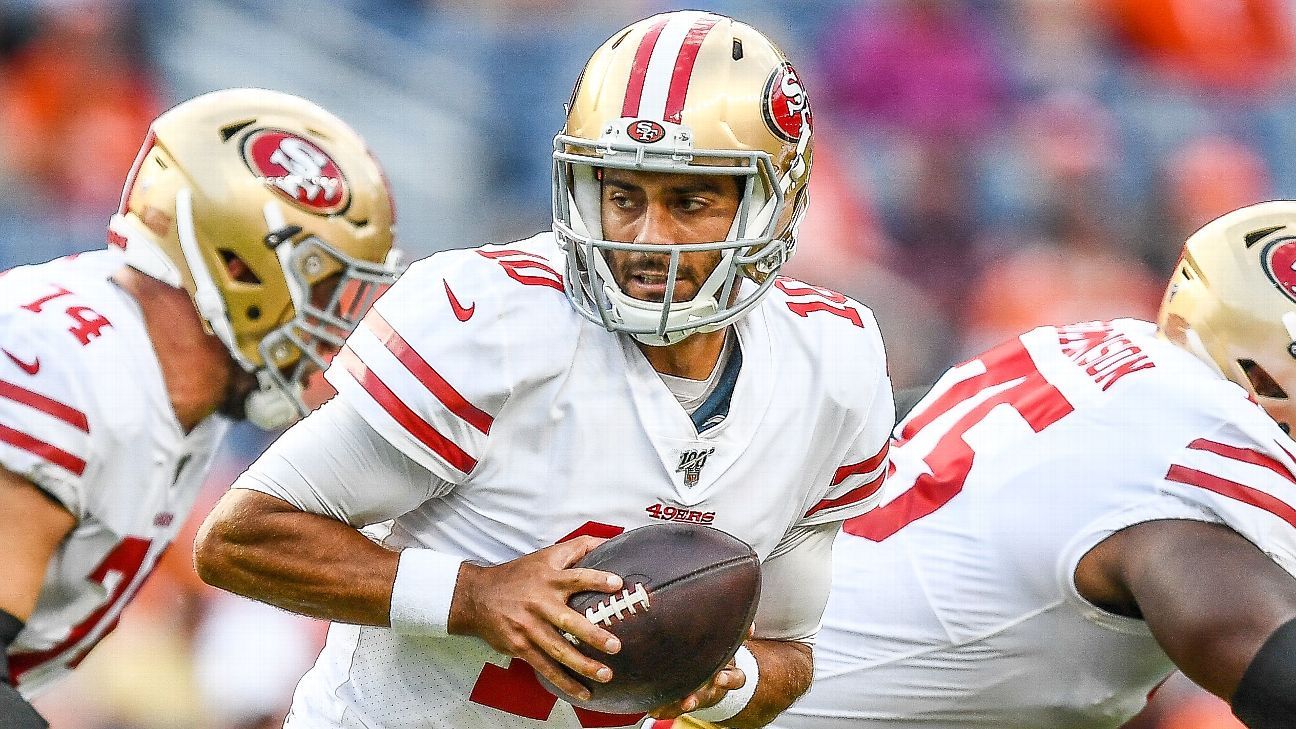
Earlier this week, San Francisco 49ers quarterback Jimmy Garoppolo vowed that he would "stand up and fight" after a rough week that culminated in a passer rating of 0.0 on Monday night in Denver.
On Saturday night against the Kansas City Chiefs, Garoppolo came out swinging and in the process alleviated some of the concern that followed his difficult outing against the Broncos.
Garoppolo played the entire first half, a total of 37 snaps, and finished 14-of-20 for 188 yards with a touchdown and no interceptions for a passer rating of 116.2. He also helped wipe away some of the residue of Monday's game and the five-interception practice that preceded it five days earlier.
"He got to play longer," coach Kyle Shanahan said on the game broadcast on KPIX TV in San Francisco. "He got a few more opportunities."
Garoppolo's bounce-back performance just so happened to come in the same stadium where he suffered a torn left anterior cruciate ligament on Sept. 23 of last season.
On Thursday, Garoppolo acknowledged that it would be a bit "weird" being back at Arrowhead Stadium -- a coincidence that Shanahan said would be "eerie" for his quarterback. He also wanted to focus on erasing the Denver game.
"At some point you have to move on," Garoppolo said Thursday. "You're still trying to correct those mistakes and not make the same mistakes twice, but if you just dwell on the past and dwell on that one game, you're going to get stuck there and have no success going forward. I think it's good to be hard on yourself, but at some point you have got to move forward."
After missing on his first throw and having another wiped out by a holding penalty on Kansas City, Garoppolo hit wideout Kendrick Bourne for 18 yards, the first positive gain on a throw for Garoppolo in this preseason.
From there, Garoppolo seemed to settle in and find a rhythm. On the Niners' second drive, Garoppolo completed all four of his passes for 75 yards, including a perfectly placed pass down the right sideline for a gain of 33 yards on third-and-3.
On the next play, Garoppolo floated a pass down the left sideline that running back Matt Breida made a difficult diving catch on for a 20-yard touchdown.
Before his night was over, Garoppolo even took his first sack since the injury, as Kansas City's Frank Clark dropped him for a loss of 7 yards to end the offense's third possession.
Garoppolo and the first-team offense capped their final two drives with 29- and 35-yard field goals from kicker Robbie Gould before handing over quarterback duties to backup Nick Mullens.
The 49ers went on to win 27-17.
Saturday's start likely will be the end of Garoppolo's preseason. Shanahan has previously said he does not intend to play Garoppolo or most of the starters in the preseason finale.
Tagged under

CRAWFORDSVILLE, Ind. – Eli Tomac capped his championship season in the Lucas Oil Pro Motocross 450 class with a victory in the season-ending TACYC Stability Cycle Ironman National from Ironman Raceway on Saturday.
The first 450 class moto saw Ken Roczen and Joey Savatgy battle side-by-side coming to the holeshot, with Savatgy just narrowly getting the advantage. However, Roczen pushed his Honda into the lead immediately and looked to open a gap on the field. Behind the lead pair, newly crowned champion Eli Tomac slotted into third aboard his Monster Energy Kawasaki, while Marvin Musquin gave chase from fourth.
The Kawasaki teammates engaged in a battle for second for a couple laps and kept Roczen within reach throughout. Eventually, Tomac made the move around Savatgy, which allowed him to settle into a rhythm to try and close in on the lead. A couple laps later Musquin got by Savatgy for third and began his quest to track down his primary rivals up front.
RELATED: Ferrandis Wins, Cianciarulo Earns 250 Class Crown
The leaders found themselves mired in lapped traffic early on, which ultimately played a significant role as the moto continued. Tomac successfully closed in on Roczen and applied heavy pressure for the lead, but lapped riders put some distance between them and also allowed Musquin to close in from third.
Throughout the second half of the moto the top three sat within mere bike lengths of one another in what became the most competitive moto of the entire season. Lapped traffic continued to alter the pace of all three riders, which saw the distance between each of them fluctuate each and every lap.
With mere minutes left in the moto, Musquin was able to take advantage of Tomac’s pass on a lapper to dive to the inside and steal second. He then chased Roczen for a lap before making another impressive pass as they came to take the 2-lap board. Once by, Musquin was able to establish a bit of a gap on Roczen, but the German battled back on the final lap.
He attempted to make a pass on the final turn, but Musquin prevailed with an impressive moto win that saw him move from third to first in a matter of two laps. Roczen finished second, seven tenths back, while Tomac followed in third. Savatgy earned a career-best moto finish in fourth, with Rockstar Energy Husqvarna Factory Racing’s Zach Osborne fifth.
The 24th and final moto for the 450 class began with Savatgy once again claiming the holeshot, followed closely by Osborne and Musquin. As they battled for the position behind Savatgy, Osborne and Musquin came together which caused Musquin to crash. He was unable to return to the race, ending both his hopes of victory and securing the runner-up spot in the final championship standings.
Savatgy carried on out front, and Tomac was able to fight his way up to second. However, all attention was on Roczen as the German stormed his way from fourth to second before the completion of the opening lap. He continued to push and made the pass on Savatgy on the following lap. Tomac gave chase and was able to pass his teammate for second, while Osborne eventually dropped Savatgy off the podium with a pass for third.
Much like the first moto, Tomac closed in on Roczen and the two multi-time champions traded fast laps, separated by just a handful of bike lengths. Osborne stayed close to keep the lead duo honest. With 10 minutes left in the moto Tomac attempted to mount a challenge, trying alternate lines in his search for a way around.
After a few laps Tomac’s persistence paid off and he made the move by the German. That opened the door for Osborne to apply pressure on Roczen from third. The rookie 450 Class rider made the pass happen and gave chase for the lead.
Tomac dropped the hammer in the closing stages of the moto and stormed to his 11th moto win of the season by 8.1 seconds over Osborne. Roczen held on to finish third.
It’s the sixth overall victory of the season for Tomac (3-1), and the 23rd of his career, which gives him sole possession of fourth on the all-time 450 class wins list.
“Even though the title was clinched it was still a fun day. We came in here with the plan to do the same thing. The mindset was to attack,” said Tomac. “The first lap [in Moto 2] was chaos with Marv [Musquin’s crash] and then Kenny [Roczen] got by. He’s just so good in the early laps. I was able to stay on him and then got by. What a day and what a year.”
Roczen finished in the runner-up spot overall (2-3), while Osborne’s strong performance in the final moto landed him third (5-2).
Tagged under

MADISON, Ill. — For the first time in 1,181 days, Spencer Davis can call himself a winner in the K&N Pro Series again.
One week removed from leading a career-high 137 laps at Bristol Motor Speedway, the Dawsonville, Georgia native took the lead from Sam Mayer on the final green/white/checkered restart into turn one and never looked back, claiming his first victory since May 30, 2016 at Dominion Raceway.
The ultimate winning move was set up by a caution for Josh Fanopoulos blowing an engine off Turn 4. When Davis realized he’d get another shot at the win, he thanked his lucky stars.
“I saw that car blowing up and I’m like ‘someone’s shining down on us trying to get us that win.’,” Davis said. “And when we lined up, I just zoned out, didn’t listen to the spotter or nothing. Like I said in victory lane, tried to channel my inner Dale (Earnhardt).”
And that’s exactly what he did.
“Tried to intimidate (Mayer) a little bit coming to the line,” he said. “The only way you can beat him–the only way I think you can beat this car this year is to make the kid make a mistake. Being a veteran of this series, I feel like I’m exceptional at restarts […] you couldn’t have asked for a better performance right there.”
“I hit my gears better than him and got into (Turn) 1 better,” Davis said. “I know he didn’t give it to me, but it felt like it because I drove that thing in there until I saw Jesus, man. It stuck, and I came out the other end leading.”
Derek Kraus earned his second consecutive runner-up finish, with David Gilliland, Mayer and Parker Retzlaff, making his second career series start, rounding out the top five.
The finish:
Spencer Davis, Derek Kraus, David Gilliland, Sam Mayer, Parker Retzlaff, Ruben Garcia Jr., Jagger Jones, Colin Garrett, Hailie Deegan, Todd Souza, Takuma Koga, Josh Fanopoulos, Chase Cabre, Travis Milburn, Tanner Gray, Brittney Zamora, John Wood, Trevor Huddleston, Max McLaughlin.
Tagged under


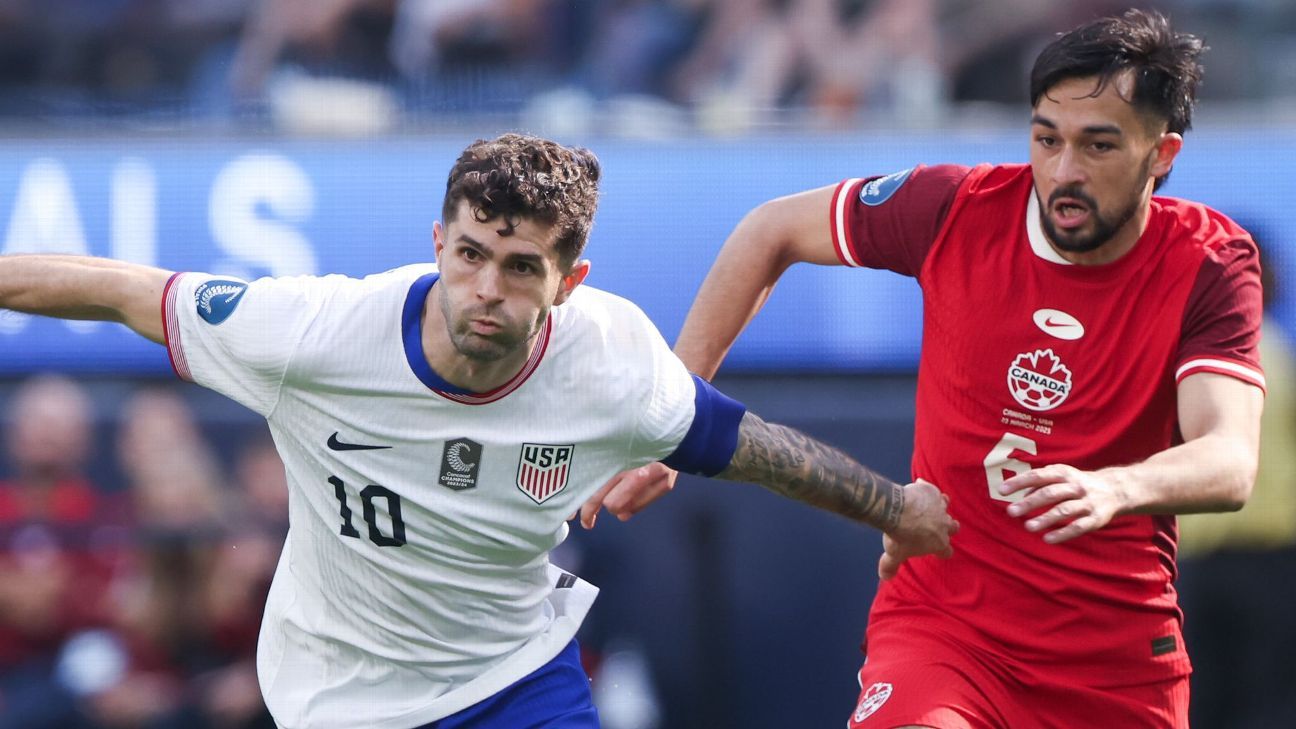
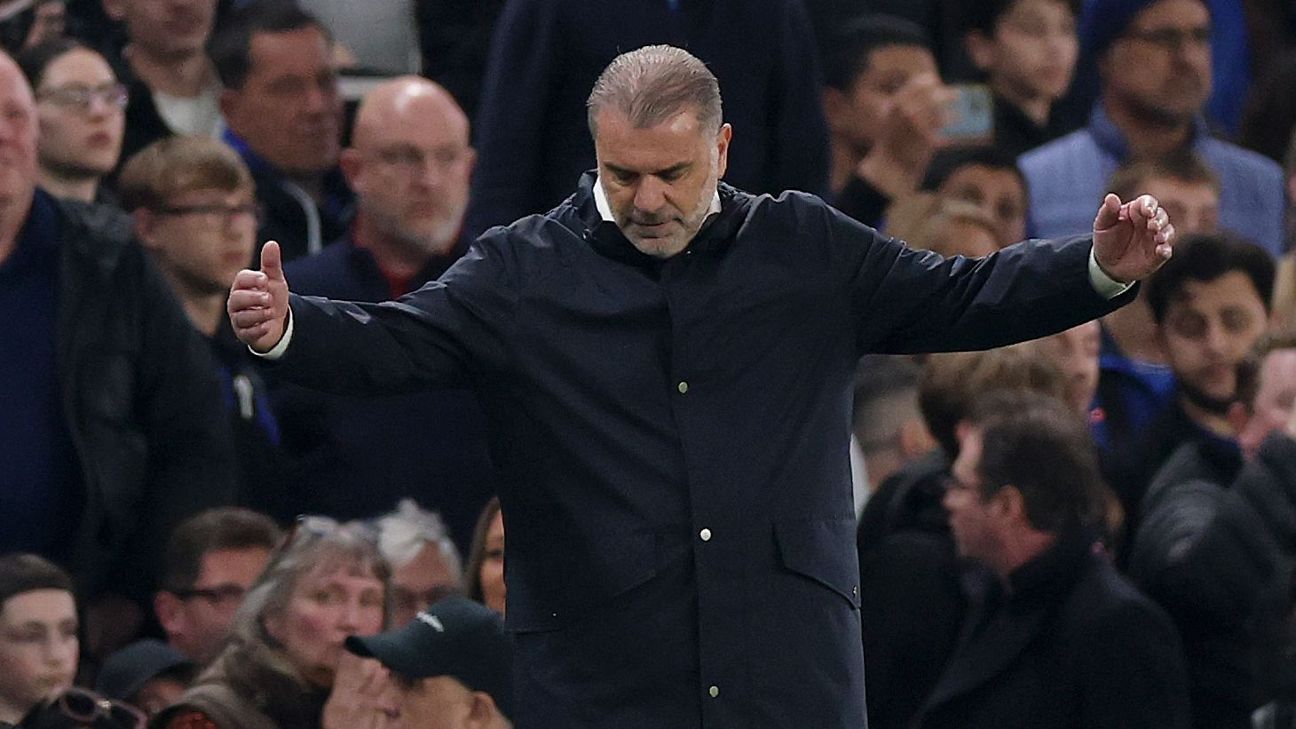
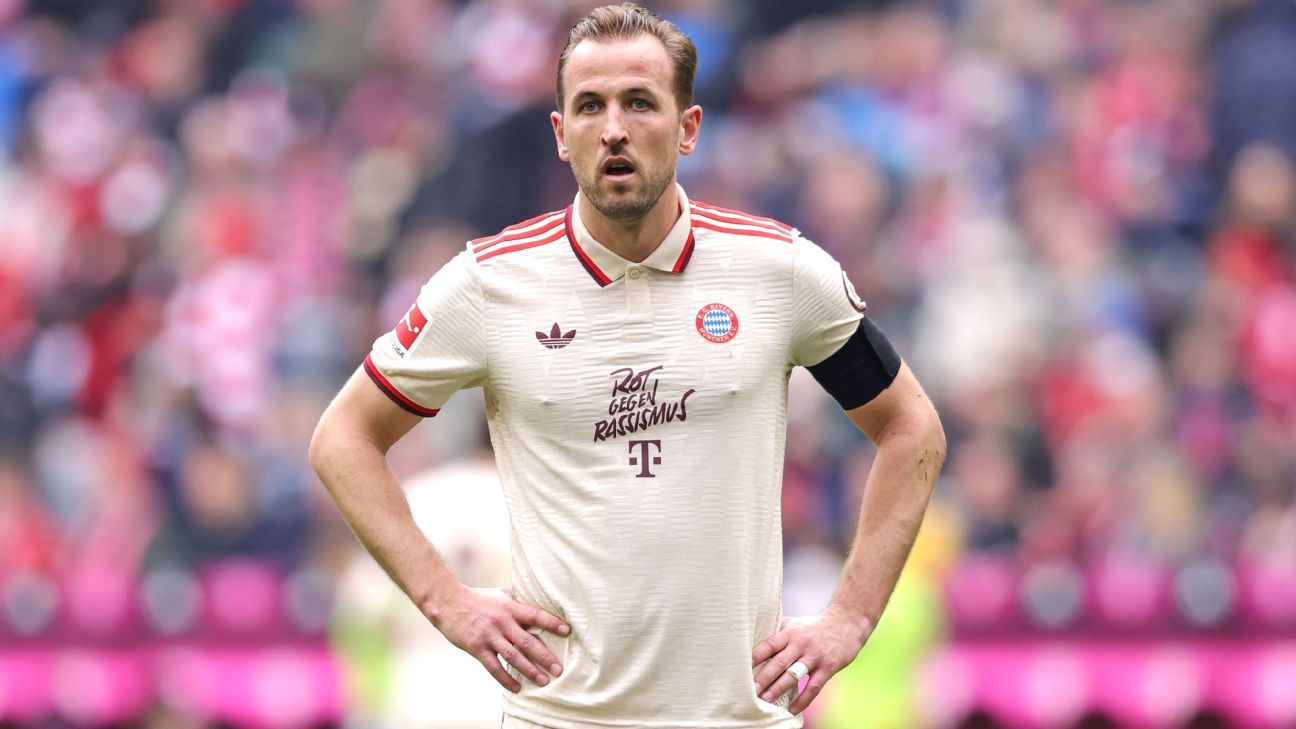





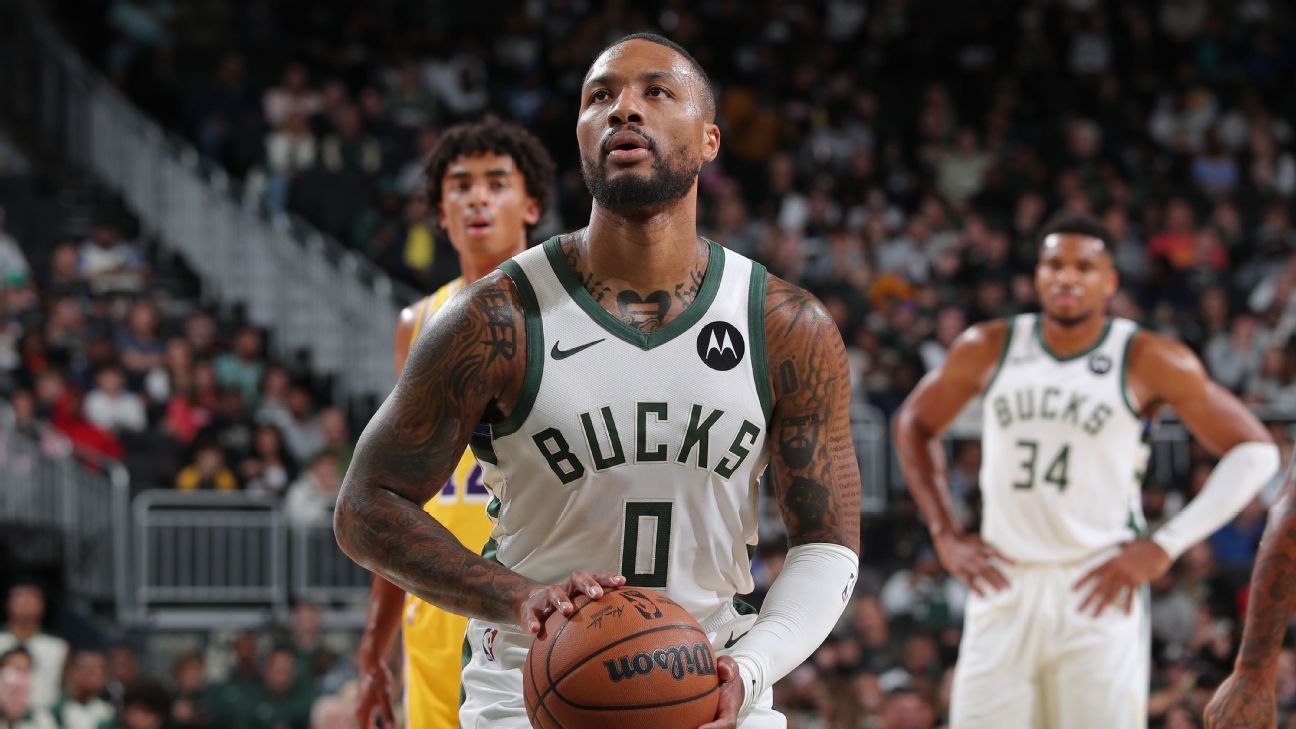


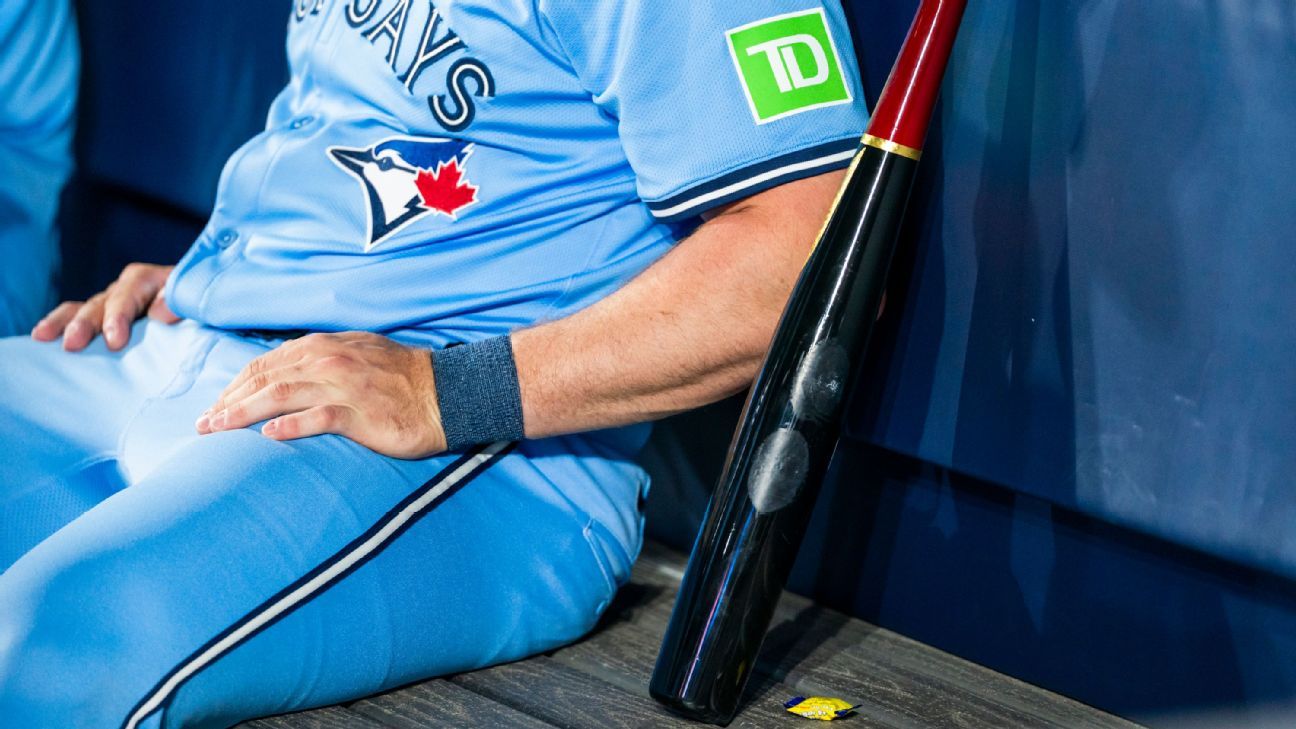

 Phone: (800) 737. 6040
Phone: (800) 737. 6040 Fax: (800) 825 5558
Fax: (800) 825 5558 Website:
Website:  Email:
Email: 






